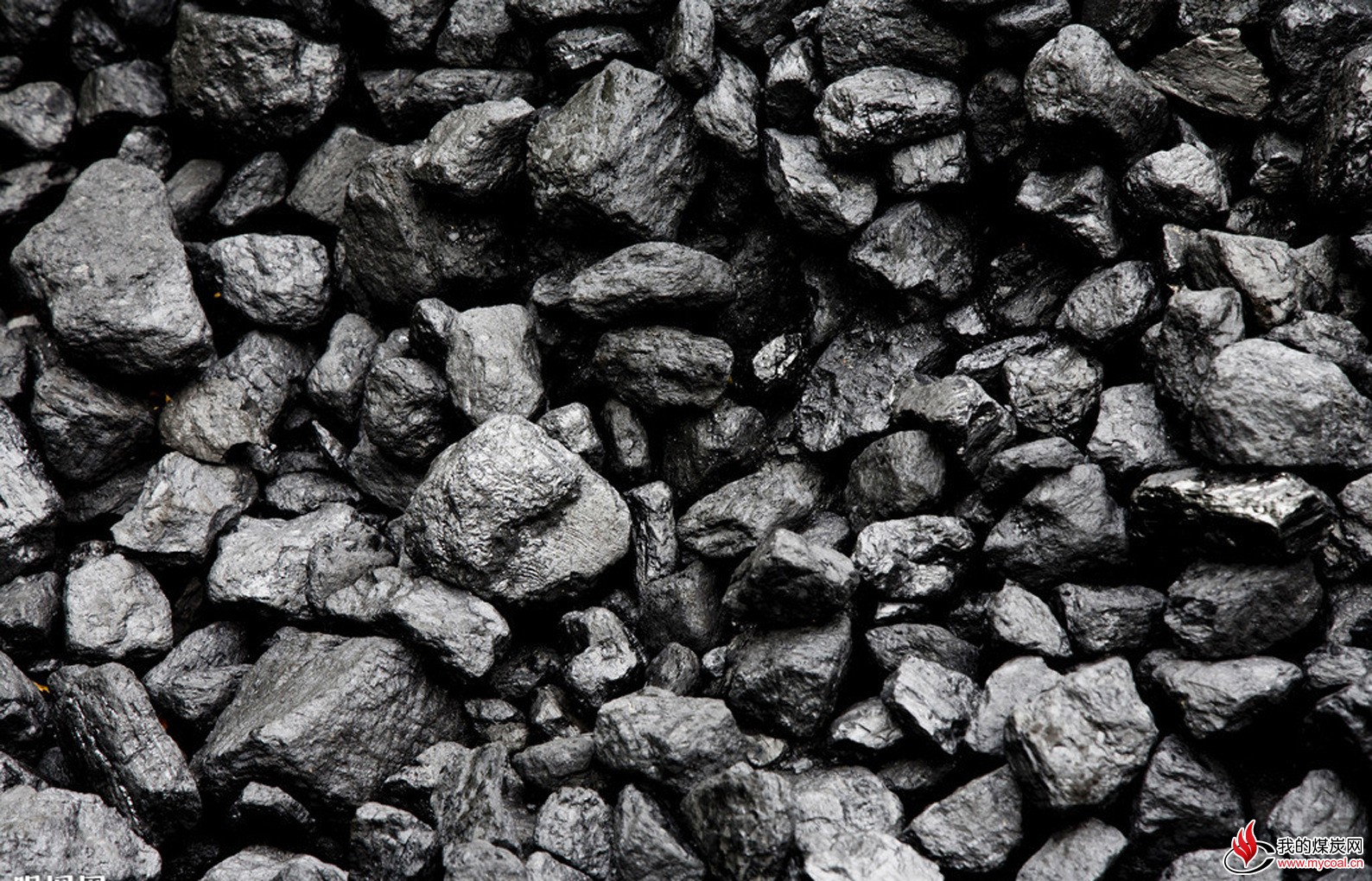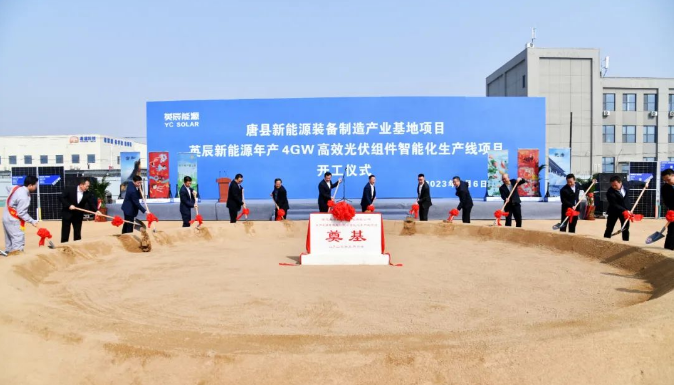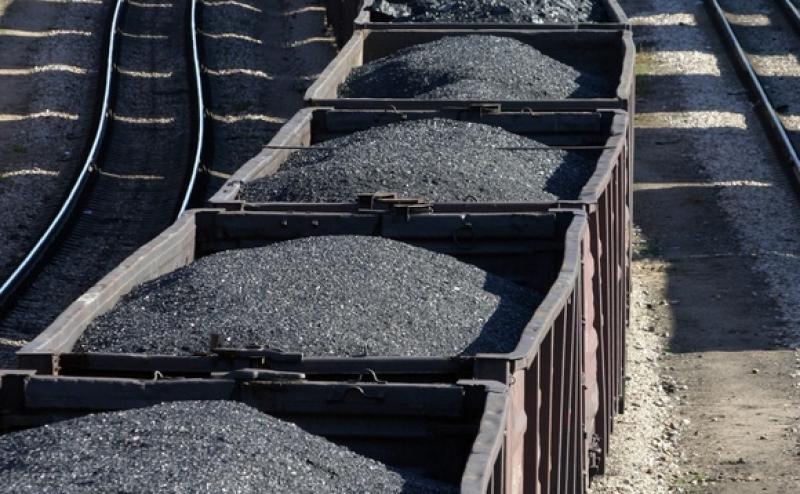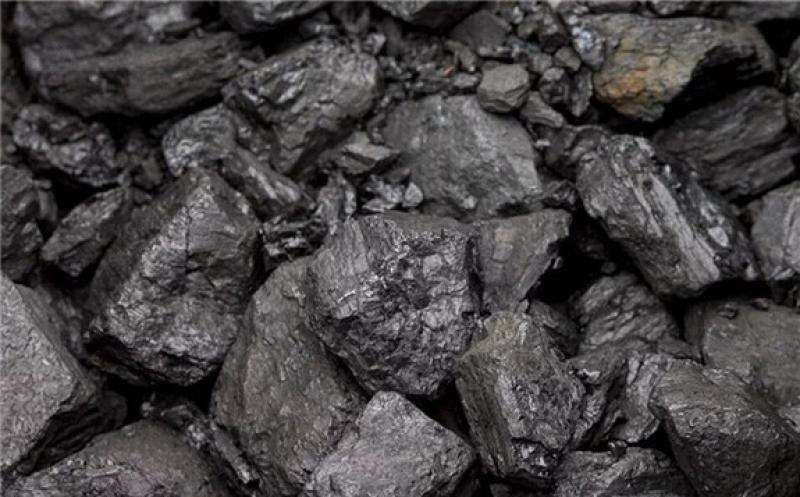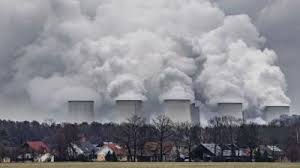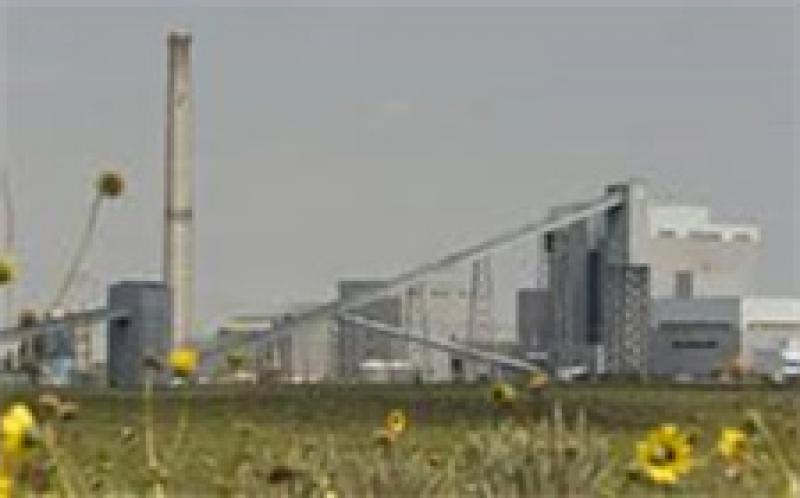QuantumScape believes that its anode-free lithium-metal design provides the potential for increased energy density by eliminating the mass and volume of the conventional anode host material, such as graphite. However, the cathode can be optimized—either for better energy density or higher rates of power, as in conventional lithium-ion batteries.
A main differentiator between an energy cell and a power cell is the capacity loading of the cathode—a measure of how much cathode active material the electrode contains as a function of area. Energy cells generally have a higher loading, whereas power cells have a lower loading.
We believe our current loading of approximately 3 mAh/cm2 would be in the range required for a power cell, but to optimize for energy density, we are targeting a capacity loading in the range of approximately 5 mAh/cm2.
We believe our solid-state lithium-metal platform enables high capacity loading because it provides a shorter ion transport path than conventional lithium-ion cells. Lithium ions only need to travel through the cathode and solid-state separator; there is no additional host material on the anode side that ions must traverse, as in a conventional lithium-ion cell using a graphite or silicon anode.
—QuantumScape Letter to Shareholders
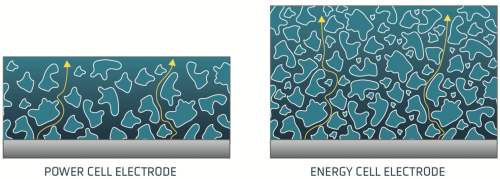
An illustration of the difference between positive electrodes (cathodes) optimized for power versus energy density. Yellow lines indicate paths of lithium-ion transport. Not to scale. Source: QuantumScape
Achieving this loading requires addressing several technical challenges, including coating thicker cathode electrodes while maintaining quality, calendaring the cathodes to the necessary thickness, optimizing cathode microstructure, and ensuring good catholyte interface with active material.
The company has also outlined a set of additional goals for 2023, including:
Improve cell packaging efficiency. The final energy density is significantly impacted by cell packaging. While the active materials of the battery set a ceiling on how energy dense it can be, the ratio between active materials and inactive materials—the packaging efficiency—determines the final energy density. The next step on the path toward commercialization is to optimize packaging efficiency.
This effort involves planned improvements along several axes, including tightening tolerances between the individual cell components, reducing the thickness of elements of the cell stack (such as current collectors), and minimizing or eliminating inactive materials or spaces inside the cell package.
Improve production quality and consistency. Some core drivers of quality and consistency in the manufacturing process include increased precision through automation and process control, quality of material inputs, and particle reduction across our process flow. Other industries, including the multilayer ceramic capacitor and lithium-ion battery industries, have already demonstrated methodologies for controlling these contributors to quality and consistency. QuantumScape plans to implement the process improvements and controls necessary to manufacture higher quality, more consistent materials.
Deploy new fast separator production process. In 2022, the current baseline separator production process ramped to a steady-state volume of approximately 5,000 starts per week. QuantumScape says that it has been working on a new, disruptively faster and more scalable film production process, with encouraging results. This process is significantly faster than the current baseline, and in its initial implementation, QuantumScape expects it can support up to three times more throughput, using similar equipment to the current process.
